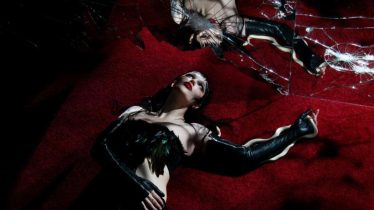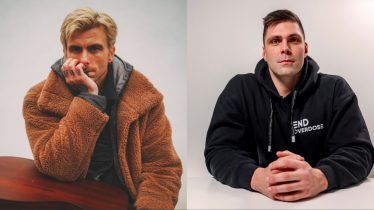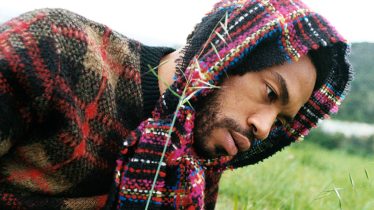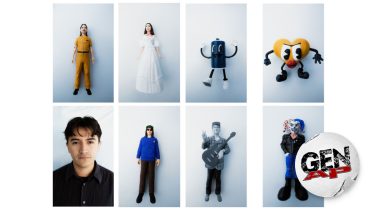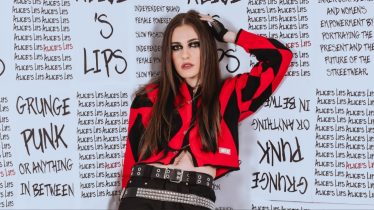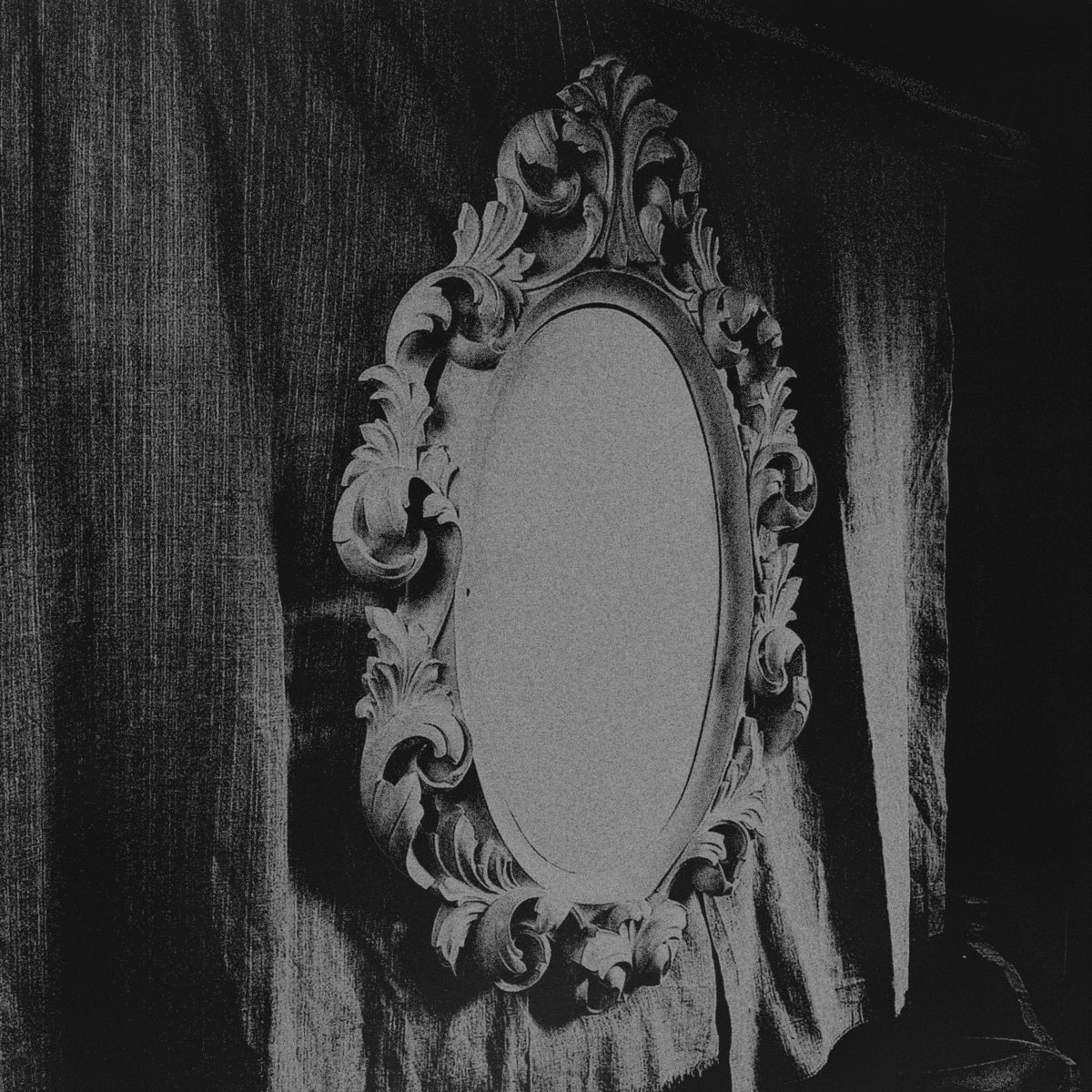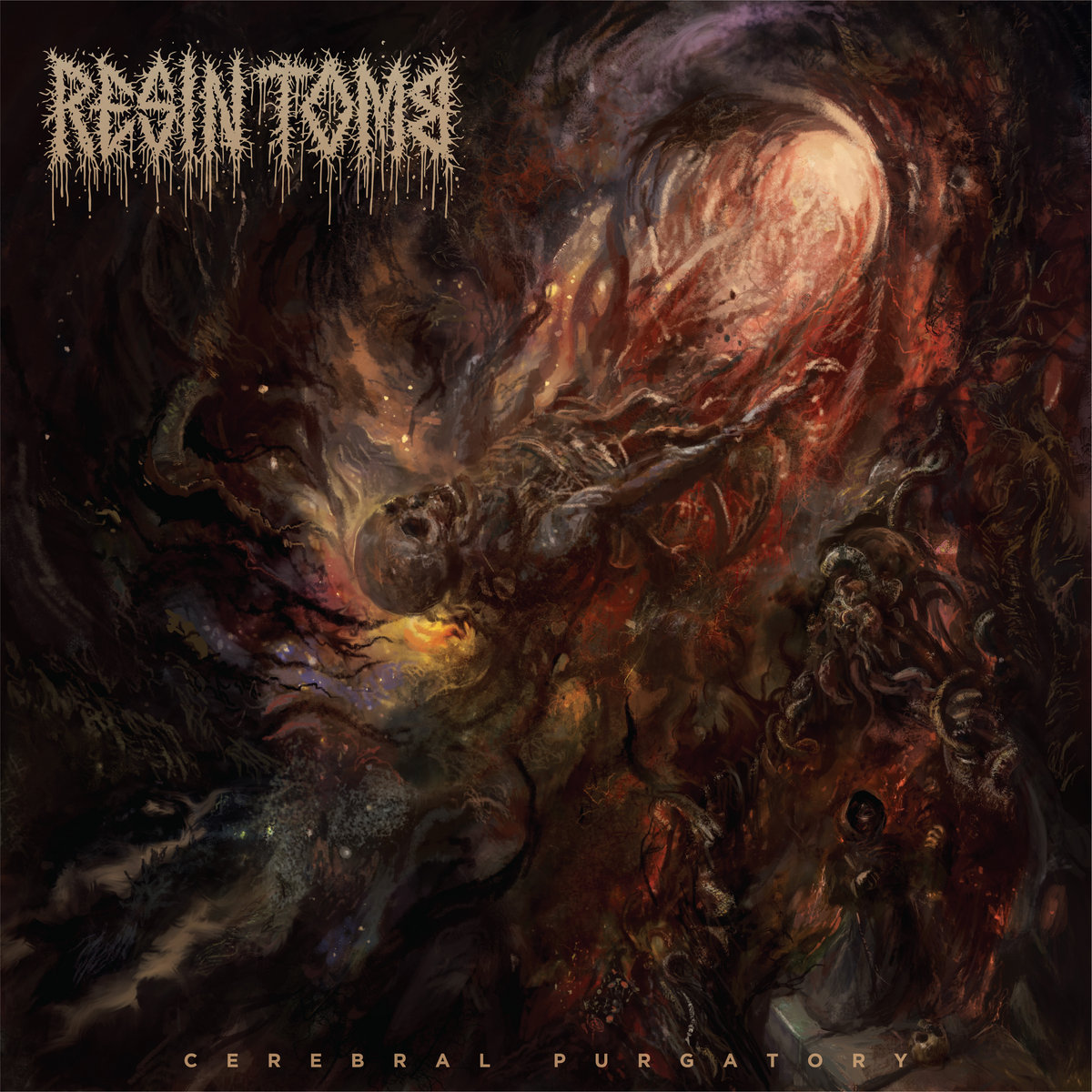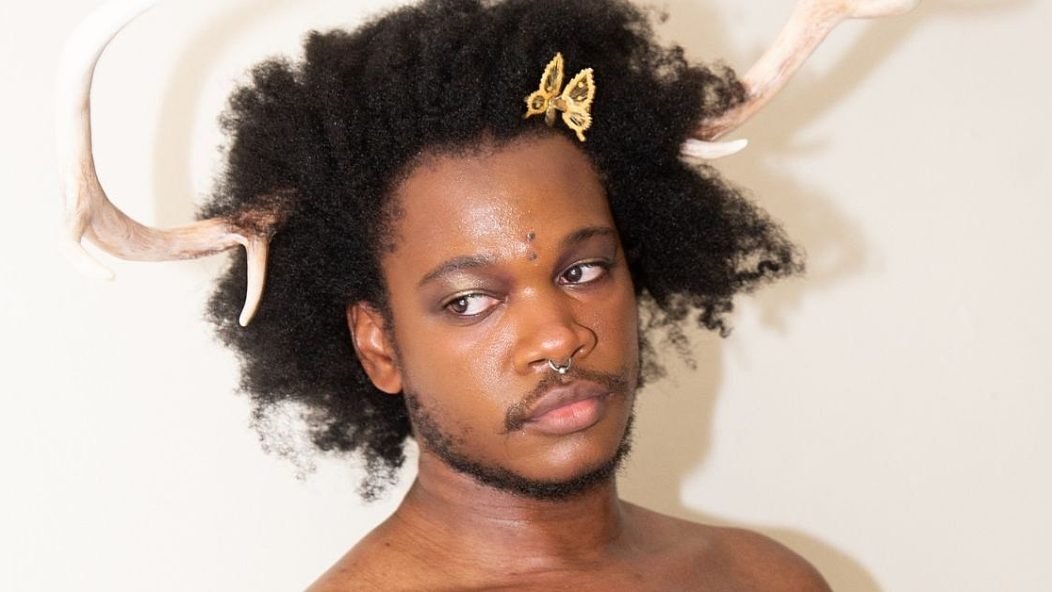
Shamir: “Working through trauma is a never-ending conquest”
THE BEST TRACK ON HETEROSEXUALITY
That’s so hard because I felt like this was my best album. I’ve never said that in all the eight albums I’ve ever made. I’ve never really spoken in absolutes about my albums. But I think it’s “Reproductive.” I think it’s the best song I’ve ever written. But that’s lyrically and songwriting-wise. Vibe-wise, “Cisgender” is also amazing as well.
A SONG THAT GREW ON YOU OVER TIME
We made this record so quickly. I think all of it was mostly written in a two-month span, so nothing even had time to grow on me. I guess “Abomination.” That’s a no-brainer. It’s the first song that I decided to rap on, and for obvious reasons, rapping holds a lot of trauma for me. But I do love it.
WORKING WITH PRODUCER HOLLOW COMET
Wonderful, great. It’s rare to find someone that hears exactly what I’m hearing or how I want a song to go. We both knew exactly what the songs were supposed to sound like, and there was very little friction on the directions that they needed to go. That was so refreshing because that was one of the main reasons why, up until now, I self-produced and [did] everything myself because it’s so hard finding someone who saw things the way I saw things [and] listened to me.
DRESSING AS AN ANDROGYNOUS BAPHOMET
One aspect is the inherent androgyny of the Baphomet. Because of my androgyny and because I look very queer, I often feel subhuman in the way that people approach me. So it’s a play on that. I was actually doing a photo shoot around a park, and I noticed that when I was dressed up like that, a lot of the stares and the looks [were] not dissimilar to how people stare at me when I’m [dressed] normal. That was very eye-opening. I think the Baphomet is a very misunderstood figure as well. The Baphomet, over the years, has become a symbol of negativity to a lot of people that don’t know [about it]. It is so easily demonized just by virtue of what it is and what it represents. I feel like, not even just me, but most queer people can relate to that.
THE IMPORTANCE OF BEING OPEN ABOUT BIPOLAR DISORDER
Breaking the stigma. Realistically, it’s just that easy. Almost every person with bipolar disorder has their ups and downs, but it’s [not] very often that, in the public sense, bipolar disorder comes into conversation if it’s not directly tied to a scandal. The only famous person that I can think of off the top of my head that talks openly about their bipolar disorder, but not having it directly tied to scandal, is Selena Gomez. I thought that when she came out and started talking about it, it was really amazing. That’s why I talk about it as well. I think it’s so important for [breaking] stigma [and to] show that this can be managed, and we still function. We still get things done. We still do things despite our ups or our downs.
WORKING THROUGH TRAUMA
Working through trauma is a never-ending conquest. The concept of me making this record was me grappling and working through internalized queerphobia. I’ve never even had to officially come out. But I think almost every queer person, by virtue of the society that we live in — a very patriarchal, heteronormative, cisnormative world — is going to have some kind of trauma tied to their queerness.
It’s important for someone like me, who is seen as someone who has always been very open, very LGBT, someone whose queer journey is not paralleled with a struggle around that. [That] doesn’t mean that there still isn’t trauma there. Maybe not in a personal way, but maybe how I deal with my queerness on a societal level. I get a lot of pushback because I didn’t have a lot of personal struggle with my queerness. So I feel like because of that, society wants to make it harder for me because I am very loud and proud and queer.
GROWING UP IN LAS VEGAS
It was a little lonely, just because the things I was interested in and brought me joy, I couldn’t really share with a lot of people. The people that I did have, my little circle, I’m still friends with to this day. But also on the flip side, I was popular. [Laughs.] In middle school, we wore a uniform, so in high school, I was just like, “I am going to express myself with my body.” That’s when I really started to get into my personal style and started dressing crazy and started dressing more flamboyant.
PLAYING GUITAR (UPSIDE DOWN)
It’s just because I’m self-taught. I had no other reference but myself and the Guitar For Dummies book that my mom bought me. Later on, I eventually ended up getting YouTube, and that really furthered a lot of things for me. I didn’t truly realize I was playing upside down until my seventh-grade talent show when my dean started freaking out and was like, “How do you play like that?” And I’m like, “Dude, I’m just playing a couple of simple chords. I don’t know what you’re talking about.” It just felt very natural to my 9-year-old brain when I picked it up. It’s the only way I know how to play. It’s too late [to change].
BEING “CURSED WITH TALENT”
It’s actually what my drummer Fiona Campbell said to me, and it stuck with me ever since. I was complaining about all the rest of the creative projects that I have to do. I was like, “Oh, my God, that is what I am like.” I do feel very blessed, but I think a lot of people look at it in an envious way. No, I’m suffering, lowkey. I have so many creative visions constantly and am always trying to get them out because I feel like if I don’t, then I’m wasting it. I’m wasting these gifts and messages I felt like the universe has given me. And that feels like a curse. You feel like a hamster on a creative wheel, basically.
EXPERIMENTING WITH DIFFERENT GENRES
I think a lot of people think every record sounding different is a conscious choice. It really isn’t. Every sound and every record comes out so naturally. I just let the songs come out however I feel like they want to sound. It’s a practice of following my muse, despite how I think I should be perceived or how I feel like my art should be perceived. I don’t care. I just want to make good art.
This interview appeared in issue #403 with cover star Dominic Fike, available here.
